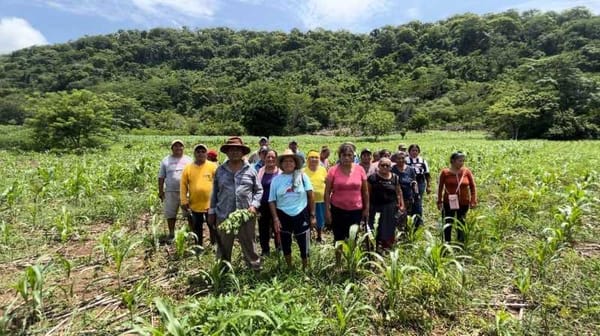The myth of the ascent and descent of Kukulkan, a phenomenon that captivates the world
The serpentine solar projection of El Castillo, in Chichén Itzá, during the spring and autumn equinoxes, is, in reality, a recent archaeoastronomical myth.

The serpentine solar projection that crosses the north alfarda of El Castillo, in Chichén Itzá, during the spring and autumn equinoxes, and that attracts thousands of visitors to the Yucatan archaeological zone, is, in reality, a recent archaeoastronomical myth, since the oldest references about this optical phenomenon do not go beyond the 30s of the twentieth century.
According to Dr. Stanislaw Iwaniszewski, one of the most renowned scholars in the world of Mesoamerican pre-Columbian archaeoastronomy, there is no archaeological source that can support that this visual effect was perceived by the ancient Maya, as it is seen today.
"There are many modern archaeoastronomical myths, and this one, known as the ascent and descent of Kukulkan, in the pyramid of El Castillo, is part of that category". Even, said the researcher of the National Institute of Anthropology and History (INAH), some scientific works prove it.
It is worth mentioning an article written in 1999, by one of the authorities in Maya astronomy, John B. Carlson: Pilgrimage and the Equinox 'Serpent of Light and Shadow' Phenomenon at the Castillo, Chichén Itzá. Text published in the renowned Archaeoastronomy: The Journal of Astronomy in Culture, University of Texas, USA.
The projection known as the rise and fall of Kukulkan (Feathered Serpent), which occurs at sunset on the spring and autumn equinoxes, consists of seven triangles of light, inverted, resulting from the shadow cast by the nine platforms of the building known as El Castillo, at sunset.
The first references to the visual effect of the pyramid date back to the Mayan Archaeological Expedition, an initiative of the Carnegie Institution of Washington, which began in 1923 and lasted for two decades. These first references were captured in the 1930s when the Carnegie Institution was still excavating at Chichén Itzá. It was at that time when some of the workers began to notice this optical phenomenon.
However, this effect did not have a scientific analysis until years later, specifically through an article by Robert Fuson, written in 1969: The orientation of Mayan ceremonial centers, in Association of American Geographers, AnnaIs.
Despite these studies, the archaeological site of Chichén Itzá still did not figure in the collective imagination as an "energy center". Almost a decade more had to pass, until the publication of La pirámide Kukulkán: su simbolismo solar (1976), by Luis Arochi, which allowed a less restricted knowledge about the phenomenon, perhaps because the edition was in Spanish.
In the mid-1980s, the most important television station in the country, motivated in part by what was described in Arochi's volume, carried out a live transmission of the visual effect in El Castillo, a moment that was decisive for the subsequent affluence to the site, in the days of the equinox.
From New Age groups, concheros, and mexicaneros
Regarding the groups that usually come during the spring equinox, specifically in the archaeological zone of Teotihuacan, State of Mexico, precisely in the 1980s, this was a space of currents and "new religious movements", closer to the New Age. These were groups that invoked the Hindu gods or sought the sephiroth, which according to the Kabbalah, are the paths of the ten emanations of God, through which the world was created.
By the mid-1990s, there was a change, and since then, most of the activities that take place on this day are carried out by groups of concheros and mexicaneros, who come with wind instruments and dance at noon on the 21st, although it is not precisely the time of the equinox.
Source: INAH




